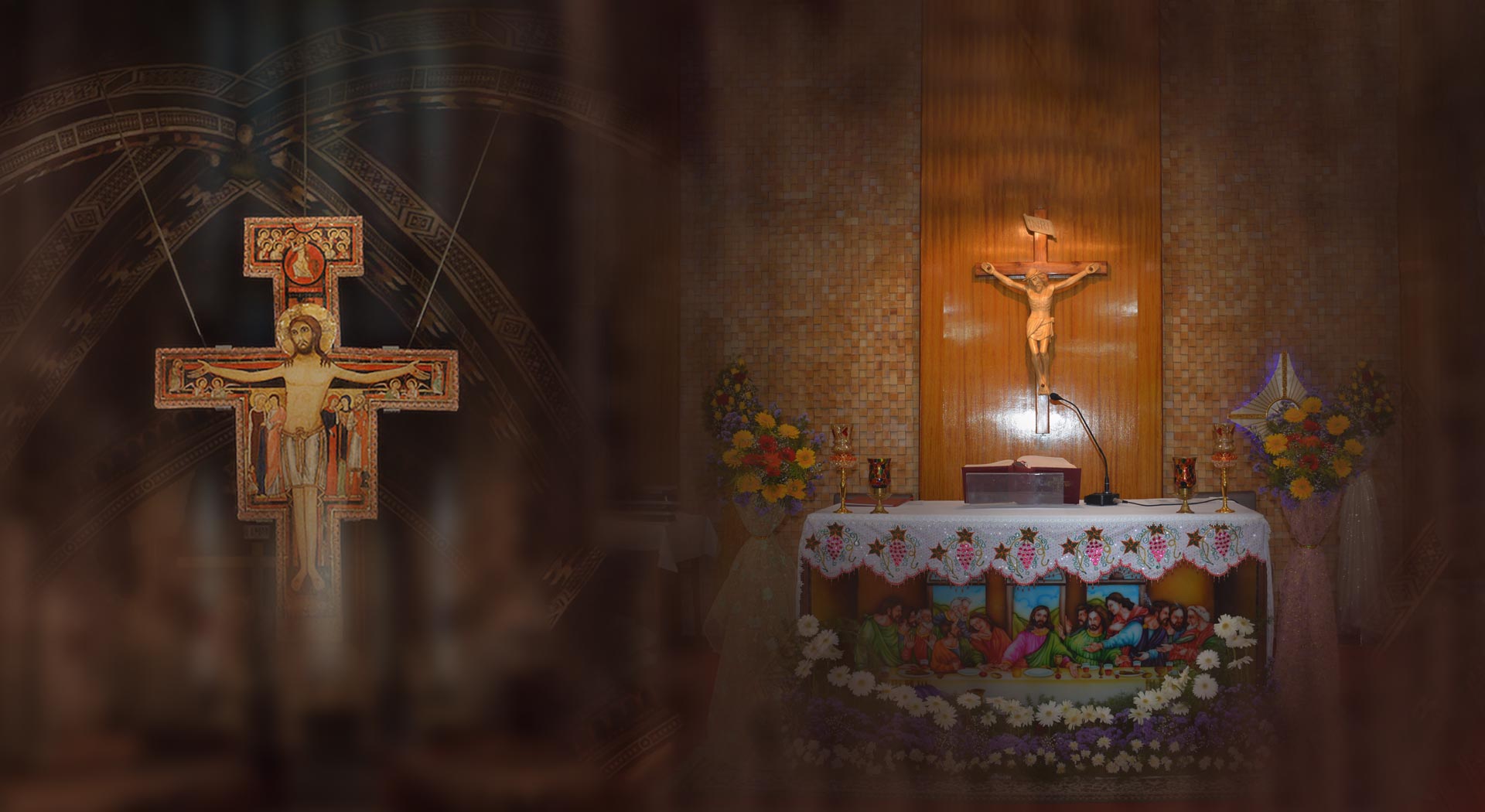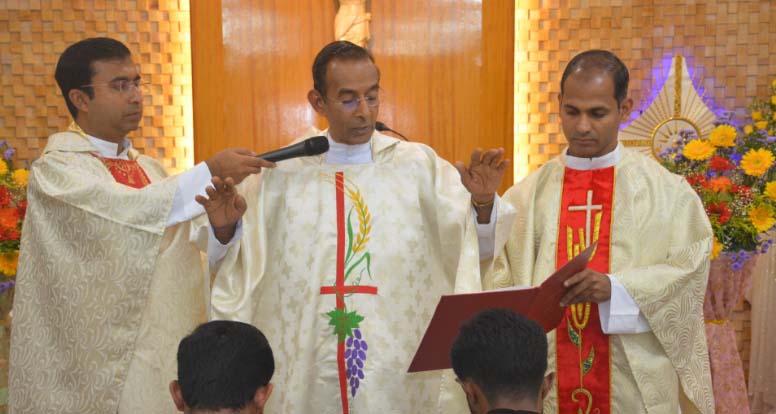
Our common creed is our belief in the Bible, our deep faith in
Jesus Christ, and our acceptance of the unconditional love of God

Singing Creation’s Praise: Eight Centuries of the Canticle of Creatures
We Franciscans cannot ignore our joy of the 8th Centenary of the Canticle of Creatures this year as it fits fully into the sequence of centenaries that form the unique Franciscan Centenary, from Fonte Colombo (where Francis wrote the second Rule approved by Pope Honorius III in 1223) to La Verna (where Francis, the first person ever in history to receive the Stigmata) to Greccio (where the first ever Crib was made by him - both in 1224), to San Damiano, to the Bishop’s Residence and finally to St. Mary
 of the Angels (where he encountered with “Sister Death”). It was in these three places where Francis gradually composed the Canticle, between 1225 and 1226.
of the Angels (where he encountered with “Sister Death”). It was in these three places where Francis gradually composed the Canticle, between 1225 and 1226.
The depth of this Canticle has spanned the centuries and still speaks to the heart of humanity and the Church. It embodies a dual-movement: a descent, in which the gaze opens to recognize the divine presence in every creature, and a return, in which all that exists is offered back to the Creator. It is Francis’ own Christian experience that directs his gaze toward salvation history, caught in a circular rhythm that unites and reconciles. Francis becomes the voice of a song of decentralization, as he who praises strips himself to recognize that good is not possession, but a gift received and shared. The Canticle is an expression of the redeemed vision of the world that Francis matured on his journey of faith. Francis sings drawing on a deep inner peace, reconciled with himself, with others, with creation and with the mystery of death. This universal brotherhood stems from the certainty that everything God has created is good. His gaze, far from being marked by the suffering that afflicted him at the time of composition, opens to the paschal experience: in darkness, the blind man sings to the light; in sickness, the sick man exalts the beauty of the earth; in the imminence of death, the dying man proclaims eternal bliss: “Praised be to You, my Lord, through our Sister Bodily Death”.
In the Canticle, Francis unfolds a vision in which the beginning and the end of creation are woven into the same praise, as an echo of the original justice and an anticipation of the fullness of God’s Kingdom. This hymn, woven with the pure gaze of one who has learned to see the world with the eyes of faith, not only recalls the primordial harmony in which everything was created good, but also proclaims the final fulfilment of the divine plan, when all reality, transfigured by grace, will regain its unity in God. Thus, Francis sings the past and the future of the divine dream, in a hymn that is memory and prophecy, certainty and hope, celebration and desire.
His praise is not a mere recognition of created beauty, but a confession of faith in the One who is good to all and compassionate toward all his creatures, sustaining the cosmos with his love and leading it to its ultimate fullness.
May this centennial celebration help us to recover Francis’ pure gaze, capable of seeing beyond appearances and grasping the dignity and beauty of every being. May we thus become, like him, singers of reconciliation and hope for our time, awakening in hearts the capacity to wonder, to give thanks and to care for the common home. (Courtesy: Song of Reconciliation - Letter for the 8th Centenary of the Canticle of the Creatures (1225- 2025) by the Minister Generals of Franciscan Order)